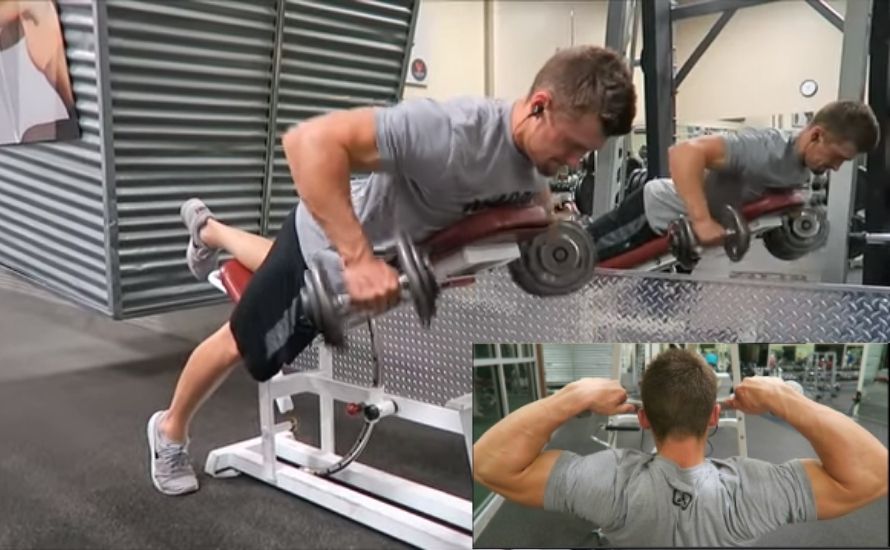As higher draw weights result in more power and speed, you might wonder how to increase draw weight on a recurve bow. However, it may seem an intimidating task to begin this strength-building exercise program.
A three to five-pound increase per month is a good place to start, and you'll soon find that you enjoy putting in the hours necessary to improve your skills. The best way to go about it is to set a few small goals and work towards those goals one by one.
Here, we have talked about the effective ways to increase recurve bow draw weight along with the causes, benefits and suggestions on when to look for increasing draw weight on your recurve bow.
Table of Contents
Do You Need To Increase Recurve Bow Draw Weight?
The frequent question, especially from novice archers, is how to increase draw weight on a recurve bow leading to further query why to increase draw weight on a recurve bow. The answer is simple: draw weight helps you pull your arrow further. But there are several factors you should know before making any adjustments. Foremost, recurve bows can be bent or damaged by increasing their draw weight.
A heavier draw weight means you can shoot longer, but this comes at a price. The resulting power might make your arrows fly further. However, the higher the weight, the less likely they'll be accurate. Increasing the draw weight on a recurve bow is a matter of experimenting.
While it will improve your accuracy, you should hold it for at least 30 seconds to get the best feel. If your arrows don't shoot far, your poundage is too high, and you'll probably end up with poor form. It's better to make gradual adjustments to increase the draw load on a recurve bow successfully.
3 Ways To Increase Draw Weight On Your Recurve Bow
If you are convinced how draw weight increase can contribute to your overall performance, here is how to do it.
1. Increasing Recurve Bow Draw Weight By Changing Limbs
Recurve bow limbs are interchangeable. If you want to develop the draw weight of your recurve, simply unscrew the limb bolts equal to the bolts on the riser. If you loosen the top limb bolts too much, the string will stretch and cause stress.
To determine the exact length of the recurve limbs, unstring the bow and count each linch bolt from all the way in. Once you've numbered the linch bolts, screw them all the way in.
When an archer begins to draw, the mechanical advantage is the greatest. When the bow is lowered, the mechanical advantage rapidly declines. The stresses that build in the limbs are immediately transferred to the arrow, increasing the draw weight. Thus changing limbs or resetting them can improve the draw weight.

2. Increasing Draw Weight By Working Out
If you want to improve your draw weight, you can do push-ups to build strength in your upper body. Doing push-ups will increase the weight that archers draw from their recurve bows. Try them at the same time every day and increase the weight you do each time.
Keeping your arms and legs relaxed while performing pull-ups will help you draw more weight and shoot your recurve longer. When it comes to physical exercises, you should do these for a few days a week.
Then, adjust your workout to accommodate the new weight. For example, if you are shooting about 15-20 arrows per session, you can move up by 10 pounds. If you shoot more than 100 arrows per session, you should increase your jump to four pounds.
For more serious shooters, you can go up to two pounds. If you shoot more than 80 arrows a day, you should try moving up by two pounds.

3. By Target Shooting
Increasing draw weight on a recurve bow is a great way to increase accuracy, and target can prove to be an effective method in this regard.
To increase draw weight, simply aim your arrow at a target and hold it steady for a minute. The arrow should be sent out straight, but not so far that your arm feels weak or you feel like you're going to collapse.
A coach or experienced recurve archer can help you decide which draw weight will be the most effective. Ensure you know what you want before starting any training exercises.
Once you've mastered the basics of shooting a recurve bow, you should aim to increase your draw weight gradually. Start by increasing your target bow's draw weight to around 30lbs. The longer you shoot at these heavier targets, the more you'll be able to hold the string steady.
Why Should You Not Increase Draw Weight on Recurve Bows?
There are pros and cons of increasing draw weight on recurve bows. For example, if you are new to archery, you should not increase the draw weight of your recurve bow until you have acquired the proper form. It is important to practice accuracy before attempting to build up your power. It will improve your shooting and accuracy.
So, increasing draw weight is not something you should do immediately. You should always start out with moderate draw weight and gradually increase the weight. You can do this by half-turning the tiller bolts on your bow every two weeks. This will give your body time to adapt to the new draw weight without putting undue stress on your shoulder muscles.
Wrap Up
Now that you have gone through the stated steps to increase draw weight on a recurve bow, this will help with all your hunting and archery needs.
In addition to educating you about the ways to draw weight improvement, this short article has covered why and when you should embark on this tasking process. Despite that, if you feel the need for professional help, you should answer your inner call.
Read Similar Guides:

